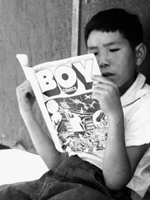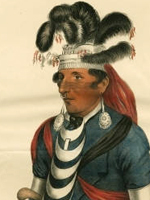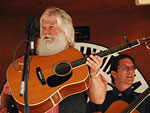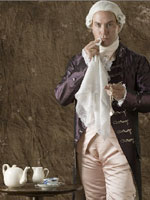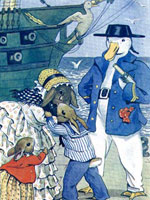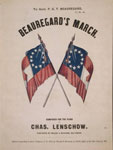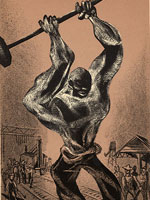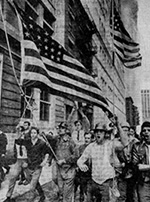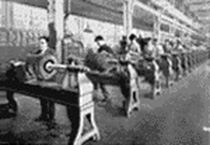Forming Lesson Plans Around State Mandates
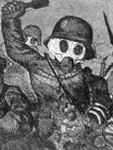
How do you teach California World History Standard 10.6.4?
10.6.4: Discuss the influence of World War I on literature, art, and intellectual life in the West (e.g. Pablo Picasso, the “lost generation” of Gertrude Stein, Ernest Hemingway).
Like most state standards, the California history-social studies content standards provide an outline of content and skills that all students should “know and be able to do.” The standards purposefully avoid pedagogy, leaving all decisions regarding how to teach the standards to teachers.
Pedagogy, however, is addressed in the Department of Education’s primary curriculum document for history education – the History-Social Science Framework. The latest edition of the Framework, stalled in the adoption process due to a lack of funding but available on-line, is meant to help teachers and administrators implement the standards. Check out the Framework’s new chapters on instruction and differentiated instruction as they provide several suggestions for “teaching the standards.”
Content Knowledge
When planning to teach any historical topic a good place to start is to develop your own content knowledge. Go beyond simply reading about the topic in the textbook and establish deeper contextual knowledge of the period. If possible, familiarize yourself with the historiographical debates surrounding the topic. This work can be done largely on-line. A good place to start is the Gilder Lehrman web-site, which includes several, short “guided readings” on World War I and the 1920s that are helpful for developing content knowledge. Similarly, you might also check out Digital History’s short essays on the Jazz Age.
Backward Planning
Before lesson planning, consider how you might embed this material in a larger unit of study - in this case, a unit on the effects of World War 1 or the 1920s. Follow a backwards design process by first establishing the learning goals and objectives for the unit. To do this, think about how post-war literature and art relate to other topics mentioned in standard 10.6 – for example, the “widespread disillusionment with pre-war institutions, authorities, and values” (10.6.3), and the “effects of the war on…population movement, the international economy, and shifts in the geographical and political borders of Europe and the Middle East" (10.6.2).
Lesson Plan: Investigating a Standards-Based Question
One approach for teaching this standard is to investigate it as a historical question: How did World War One influence literature, art, and intellectual life? Or, perhaps, How did artists interpret and depict the consequences of World War One? Begin by providing students some background content on pre-war art movements (e.g., realism and modernism) and information on artists who emerged out of the war. Next, have students examine a number of artifacts that address the question from different perspectives and genres. The standard includes some places to start searching for documents – namely, Picasso, Stein, and Hemingway. You might also take a look at T.S Eliot’s The Wasteland and Otto Dix’s painting, Assault By Gas (1924). Hemingway’s The Sun Also Rises (1926) includes some vividly dark recollections of the war and Wilfred Owens’ Dulce Et Decorum Est (How Sweet It Is) (1921) satirically captures the horrors of trench warfare. It is important here to excerpt strategically - include short passages of written work that speak directly to the lesson’s historical question.
Collaboration
Finally, yet perhaps most importantly, this standard is unique in that it promotes collaboration between history and English classes. If you are teaching a 9th or 10th grade world history course, seek out the members of your English department to see if they teach, or might be willing the teach, any literature of the “lost generation.”
